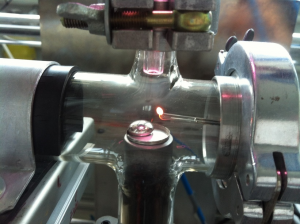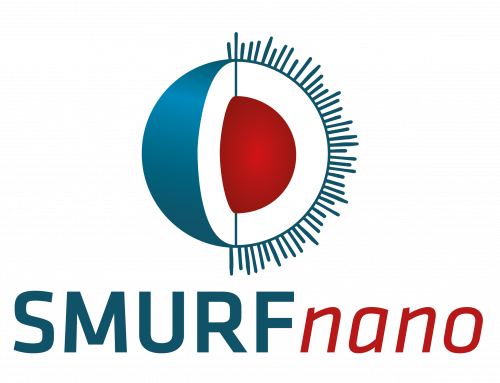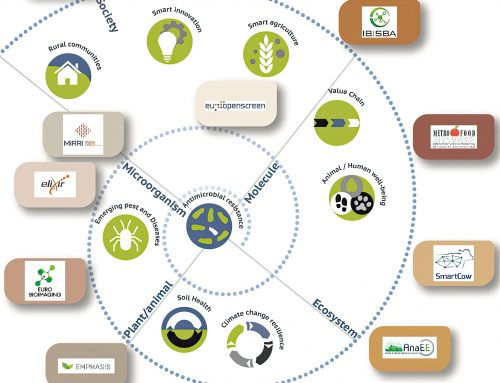Liquid metal divertor (LMD, EUROfusion)
Project Leader: Dr Thomas Morgan (DIFFER, The Netherlands)
Task Leader: Asst. Prof Rok Zaplotnik (Jožef Stefan Institute)

EUROfusion work package DTT1-LMD focuses on liquid metals as an alternative divertor solution. Its risk mitigation strategy includes the development of a liquid metal (LM) based divertor concept that has the potential to be integrated in DEMO, the first demonstrational fusion powerplant.
Our department studied deuterium interactions with liquid tin. Liquid metal divertor gained interest decades ago as a potential first-wall material in fusion reactors. Pure tin has been discussed recently as an option because its low melting point at 231.9 °C matches well with the present concept of a liquid divertor.
Our study showed that the solubility of hydrogen molecules in a liquid tin is very small in the order of ppb H/Sn. We also measured the retention of D atoms in liquid tin. The study showed that D atoms are retained in tin oxide, but when oxide is etched, the absorbed dose of D-atoms was also almost negligible, it was in the order of few tens of ppb D/Sn. From these results, we could conclude that T retention should not be a problem for liquid tin divertor.






